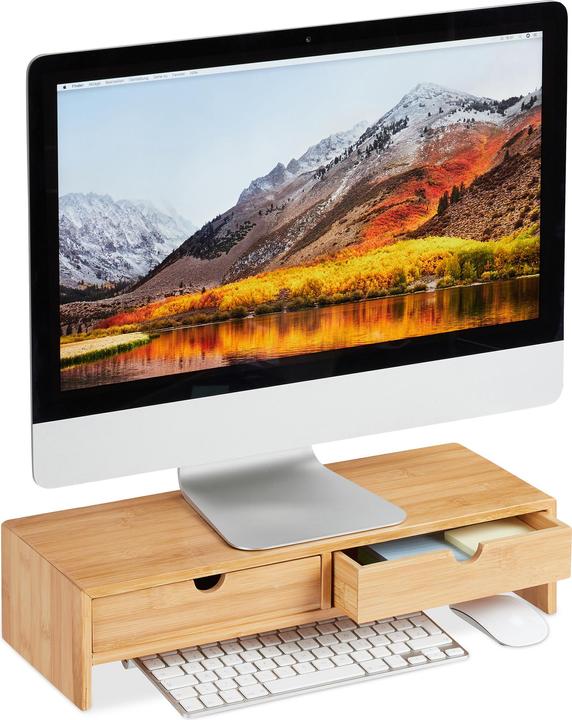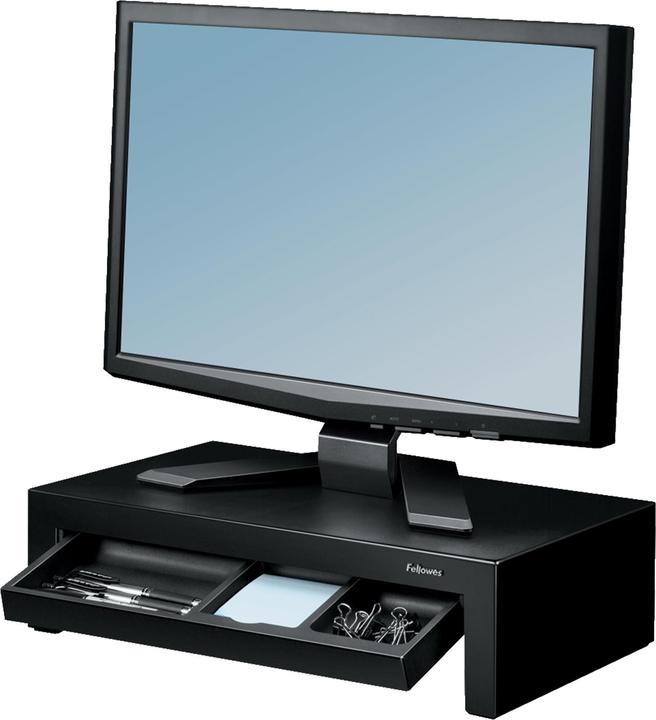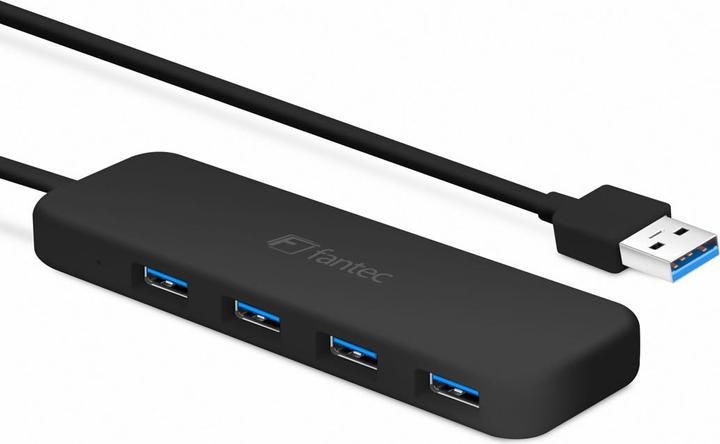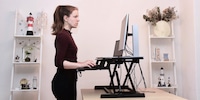

How to stay productive and healthy in your home office
Coronavirus has dished out a lot in recent months. Most of it bad. At least it has enabled many people to work from home. Find out how to successfully organise your work at home in this quick guide.
Some want to, some have always been able to, and many have been advised or ordered to leave their office buildings again. The number of coronavirus cases has risen rapidly. The order of the day: reduce contact with others. That includes your colleagues. What was new territory from one day to the next back in March has almost become routine.
I've settled into this routine over time. Since the first wave in March, I've upgraded my home workspace: laptop stands, a desk mat, a larger monitor with a better resolution, a Bluetooth keyboard, noise-cancelling headphones. And my personal consumption of coffee beans has increased considerably. The office coffee machine must be missing me.
But hardware and caffeine supplies alone don't make a good home worker. So here are my five tips for working remotely:
1. Establish routines
You're bound to have routines in the office. You might get a coffee and look through your e-mails or sharpen the pencils first thing in the morning. Routines help you work efficiently in your home office too. It's useful to always start work at the same time. You have to condition yourself and let your body and mind get used to starting the working day at a specific time. You need a substitute for what was a normal occurrence in open-plan offices in pre-coronavirus times. This means breaks, whether it's elevenses, lunch or snacks. When the time comes – ideally always at the same time – step away from your workspace and move! Think about the fact that your daily commute on foot or by bike is no more. You can replace it with a brisk walk around the block. This also clears the mind and re-energises you.
2. Pyjamas? Please, don't do it.
Obviously, you don't see anyone in your home office. And if you're on a video call, your colleagues can only see your face – your shirt at most. But that's no excuse to let yourself go and spend your working day in tracksuit bottoms or – even worse – pyjamas. Show a little respect! Both to yourself and to your role. I don't want to have to quote Karl Lagerfeld, who described wearers of sweatpants as having lost control of their lives. But I'm convinced that you're doing yourself a favour by dressing smartly to start the day in your home office. It can be a part of your routine (see point 1). And it will make it easier for you to implement point 3.
3. Don't mix business with pleasure
Working from home means that you're working where you usually watch Netflix on the sofa or sit around the raclette grill with friends. Very few of us are lucky enough to have a dedicated office. It's all the more important to define times when the dining table is the office desk. And, above all, when it isn't any longer. Try to keep to your working hours as best you can. And be consistent. When you're working, you're concentrating, productive, efficient. When you clock off at the end of the day, your free time begins. So switch your notebook off and put it away. It's time for an after-work beer. Or a workout. Whatever you'd most like to do. I have another tip for you if you're not alone in your home office, maybe because you have unemployed housemates – like children. Or because your partner shares your home working fate. I also recommend the strict separation of work and leisure in this situation. Don't mix business with pleasure.

4. Communicate!
You might be alone at home now. But you shouldn't let it silence you, and you certainly shouldn't end up talking to a volleyball with a face drawn on it. Now more than ever, communication is important. The tools on your computer mean that you can continue to see your colleagues and keep them and yourself in the loop. What about an online catch-up, where everyone shares what they're working on today? Or you could open a virtual break room. Set a recurring appointment in the calendar when you all turn on your webcams and just «meet up» with your colleagues over a coffee without an agenda. This turns your shared coffee break into a virtual one. Informal conversations are certain to help you discuss and solve the odd problem or other. Or see you come up with the next great idea together. Here's another communication tip: writing is silver, but talking is still gold. So, a chat is most likely the best option for a brief clarification with your boss. And video chats and virtual whiteboards or mindmaps are a better choice than e-mails for bigger topics. By the way, avoid sending long notes from video calls and hoping that someone will look at them. A short written summary is better.
5. Upgrade your workspace!
In the office, your employer is responsible for your desk and chair, along with the monitor, keyboard and mouse. At home, you have to face the challenge of setting up your own ergonomic workspace. The Swiss National Accident Insurance Fund (Suva) has compiled some important advice here. If your boss has given you a notebook, the most important purchases are an external monitor, a mouse and a keyboard. You'll do your back no favours if you work at a notebook with a relatively small screen for the long term. If you want to use your notebook as a second screen, you can use a laptop stand. I got myself a Twelve South one for my MacBook, for example. But there are also cheaper alternatives that do the job just as well – and don't just look good, but also have helpful functions like a Qi charging station or USB ports.
It's worth spending a little more on a mouse and keyboard. They're still important work equipment. This includes a webcam if your notebook doesn't have one built in. Your video meetings should run smoothly with a standard resolution and normal lighting. And yes, everyone has the problem sooner or later: not having enough USB ports on your laptop for all your gadgets. Hubs help with this:
Otherwise, I try to keep my desk as tidy as possible. That way, I don't get distracted too easily. But it depends on your type. There are probably people that absolutely have to work in isolation between mountains of paper.
What kind of home worker are you? «Team pyjamas» or «team square»? I look forward to your comments and tips for successful home working.
Journalist since 1997. Stopovers in Franconia (or the Franken region), Lake Constance, Obwalden, Nidwalden and Zurich. Father since 2014. Expert in editorial organisation and motivation. Focus on sustainability, home office tools, beautiful things for the home, creative toys and sports equipment.
Practical solutions for everyday problems with technology, household hacks and much more.
Show all






